Treasures of European Film Culture
Treasures of European Film Culture

Treasures of European Film Culture is a growing list of places of a symbolic nature for European cinema, places of historical value that need to be maintained and protected not just now but also for generations to come.
With the 11 new places added in 2025, there is now a total of 60:
Treasures of European Film Culture
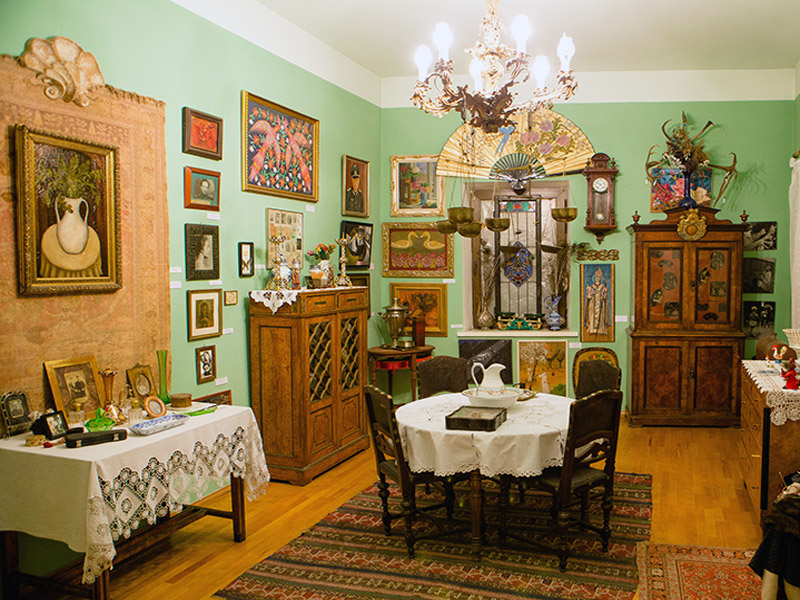
ARMENIA
ARMENIA
Yerevan: Parajanov Museum
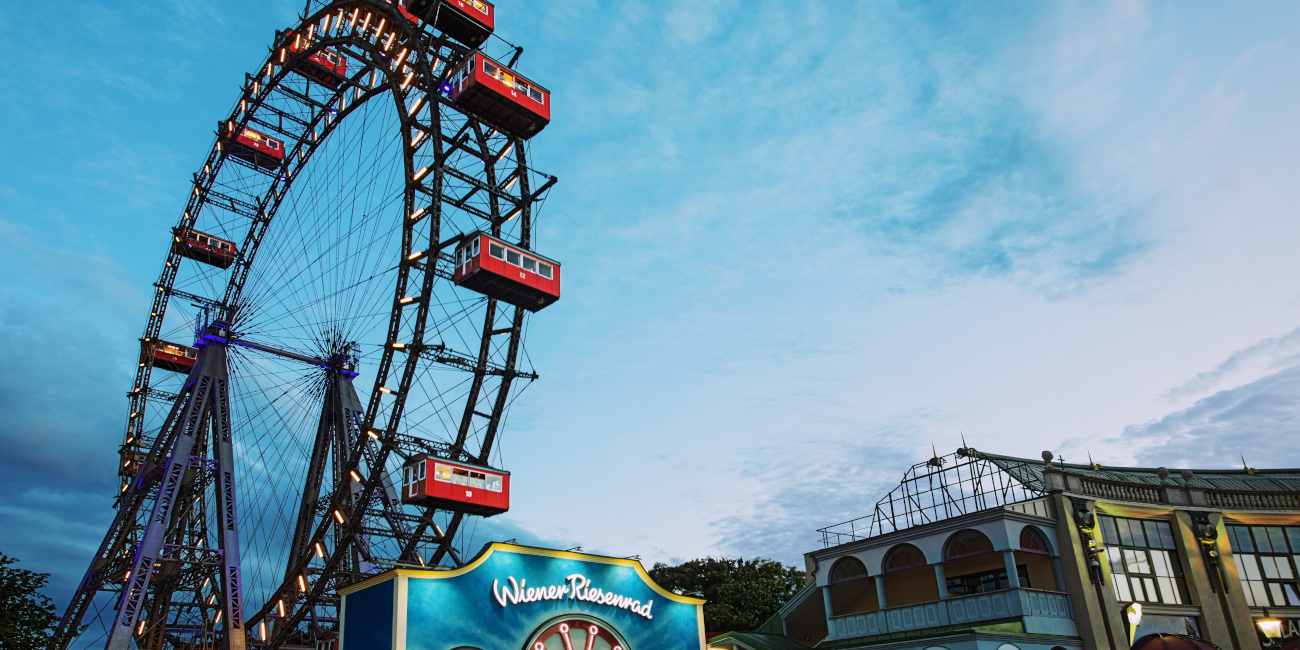
AUSTRIA
AUSTRIA
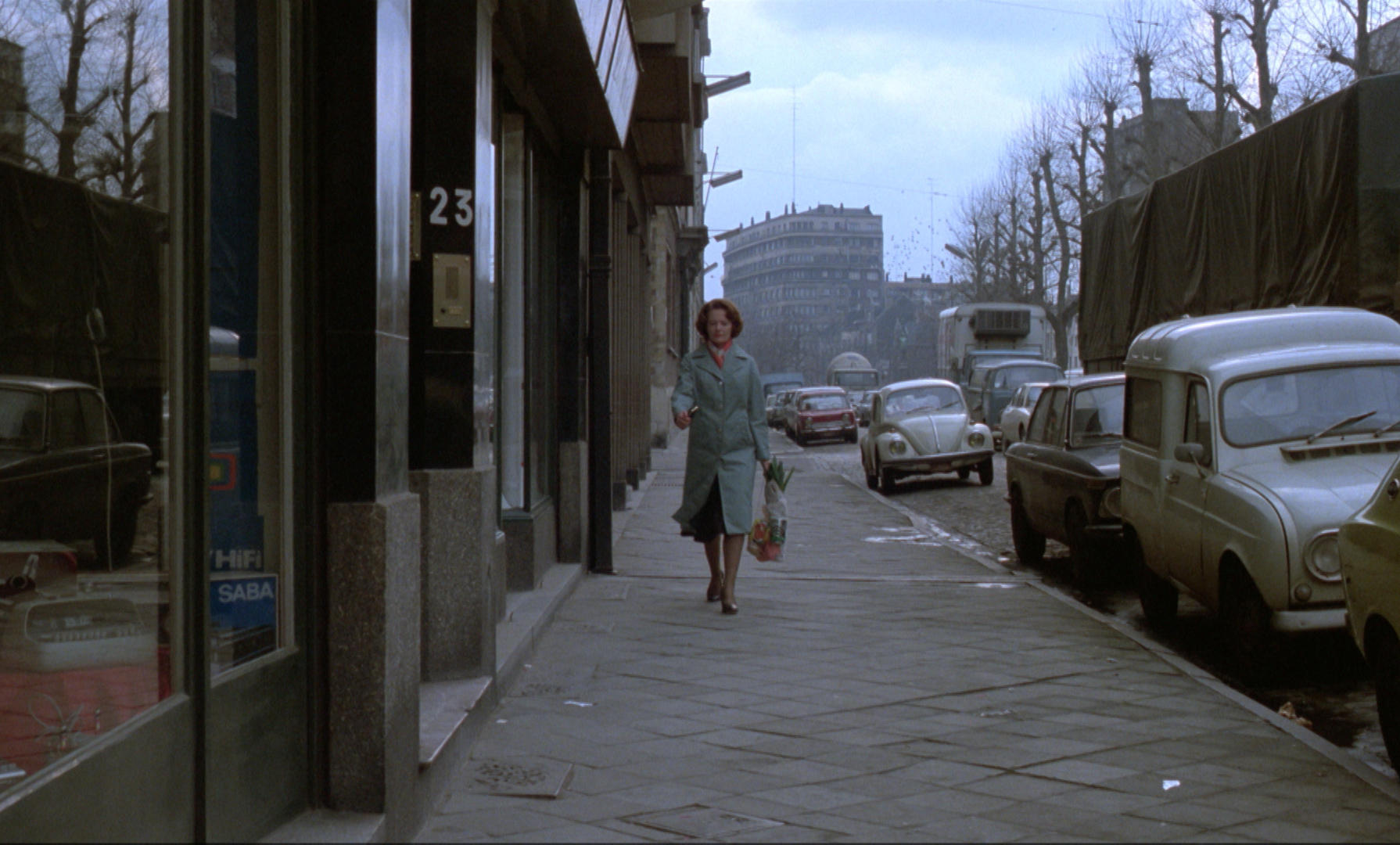
BELGIUM
BELGIUM
Brussels: 23, Quai du Commerce
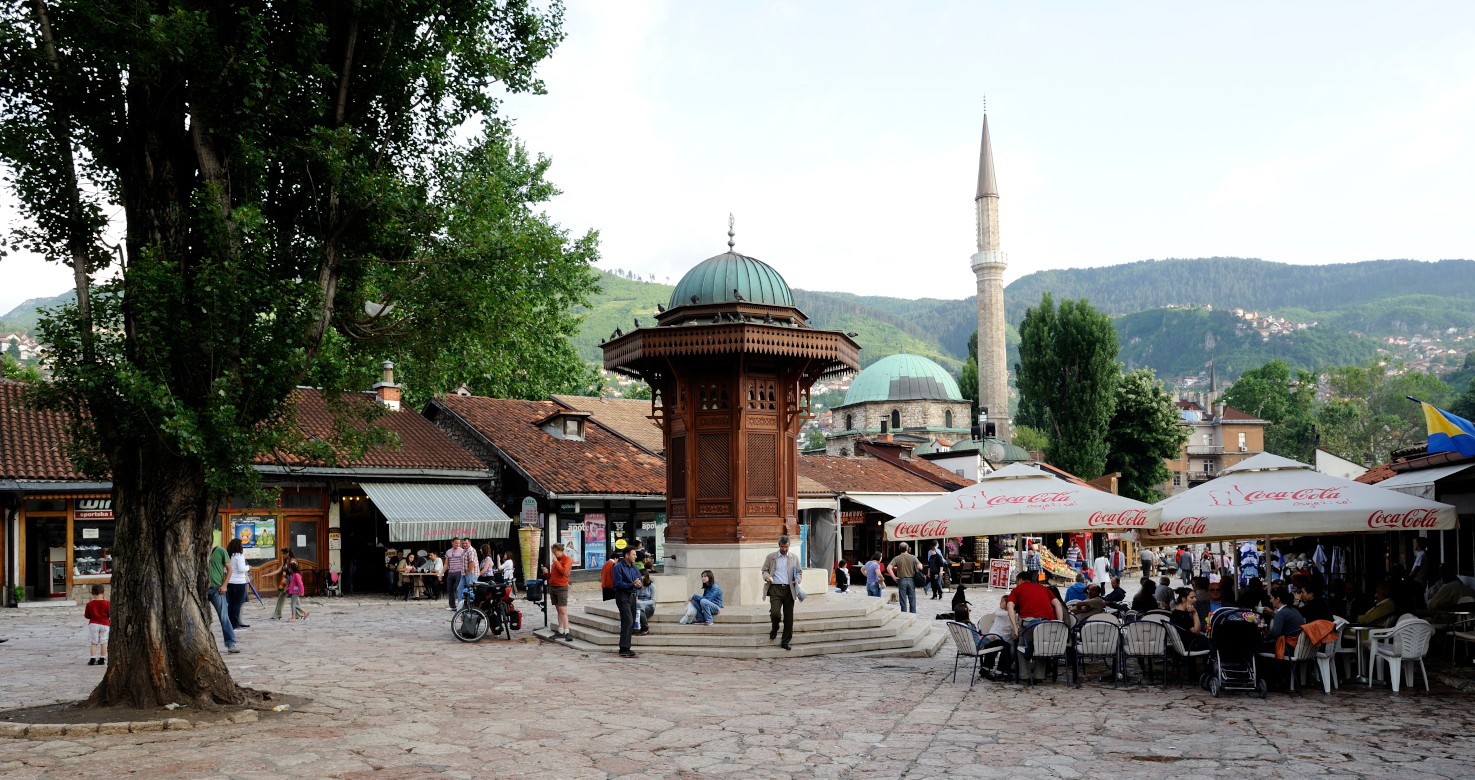
BOSNIA & HERZEGOVINA
BOSNIA & HERZEGOVINA
Sarajevo: Baščaršija
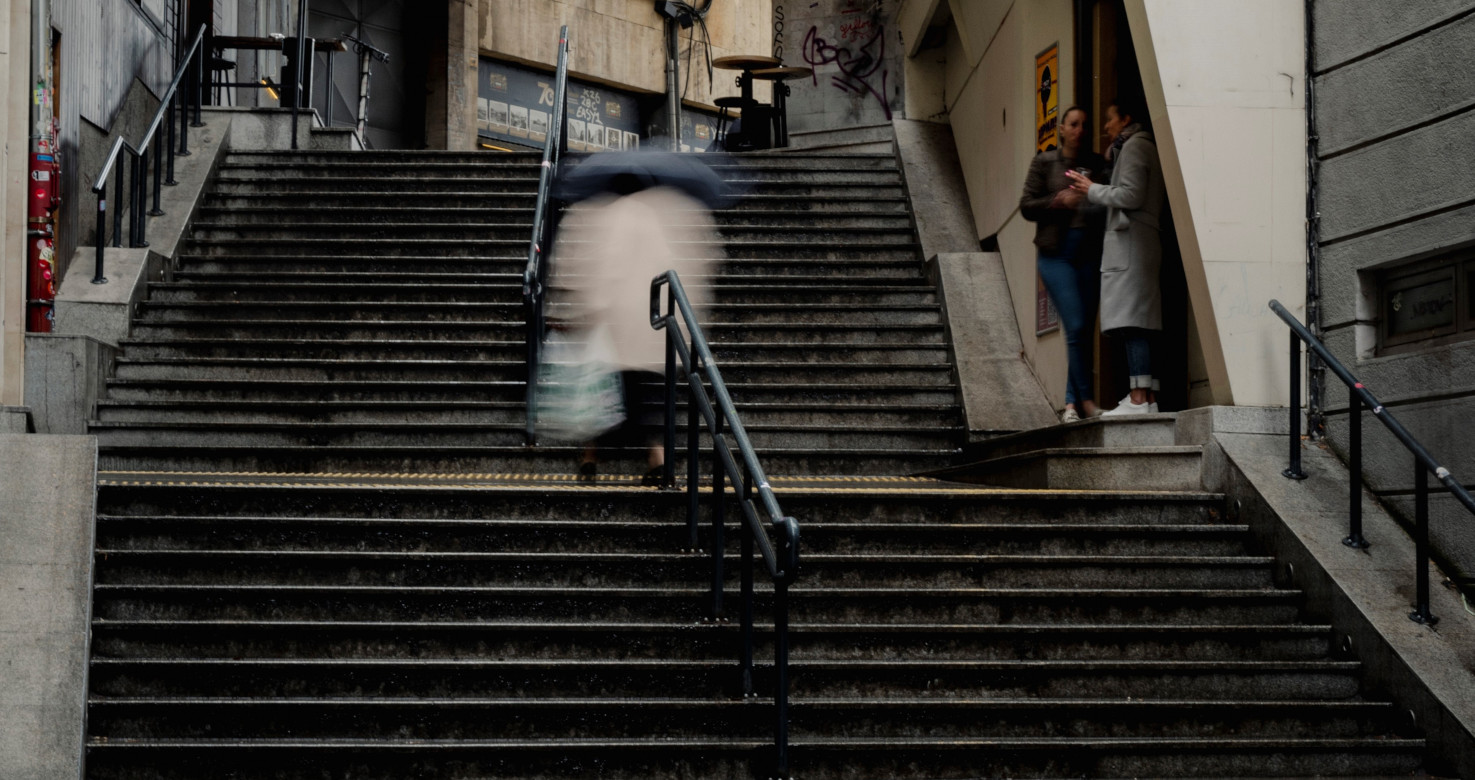
BULGARIA
BULGARIA
Sofia: Malko Tarnovo Street
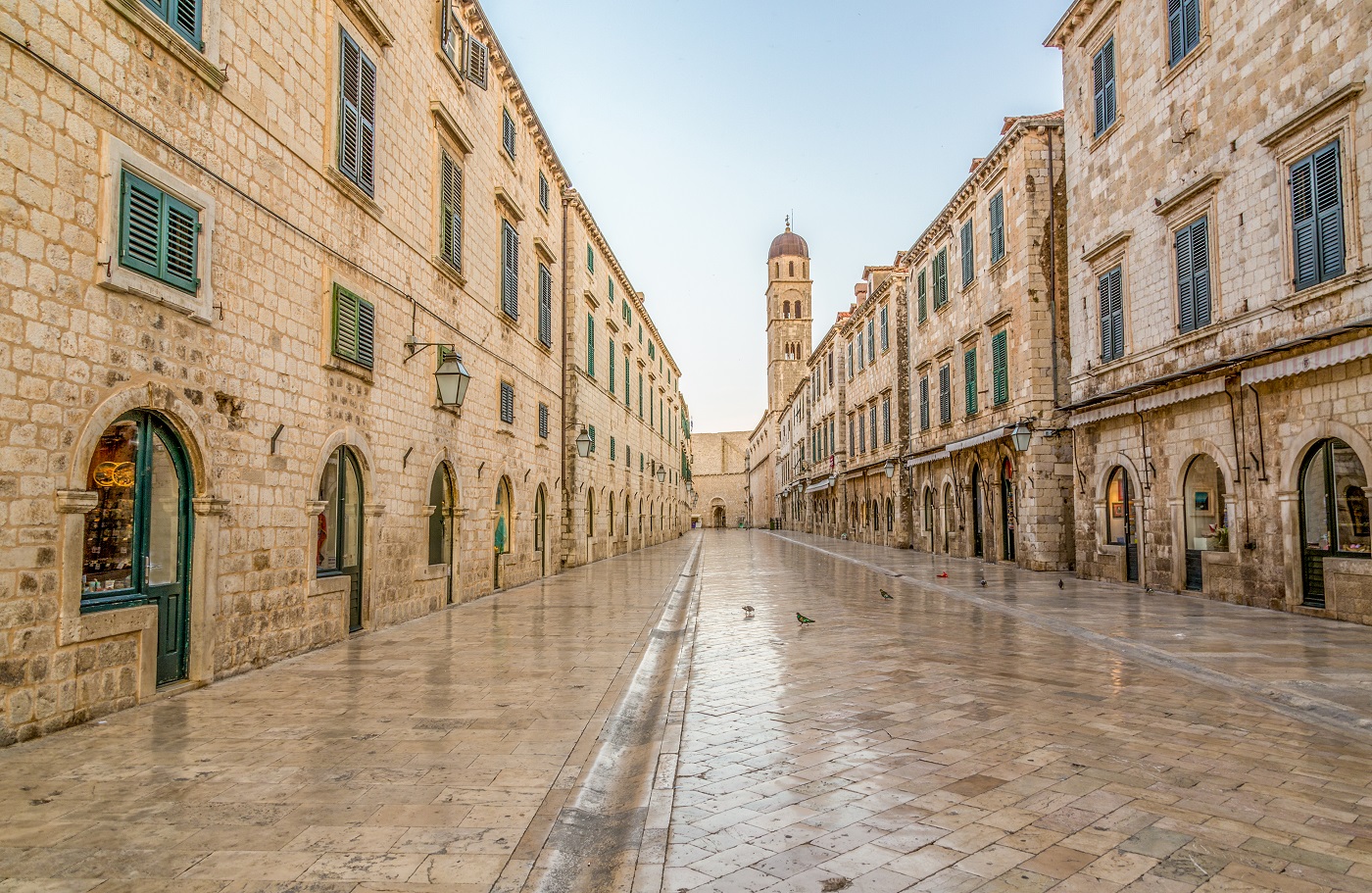
CROATIA
CROATIA
Dubrovnik: Stradun
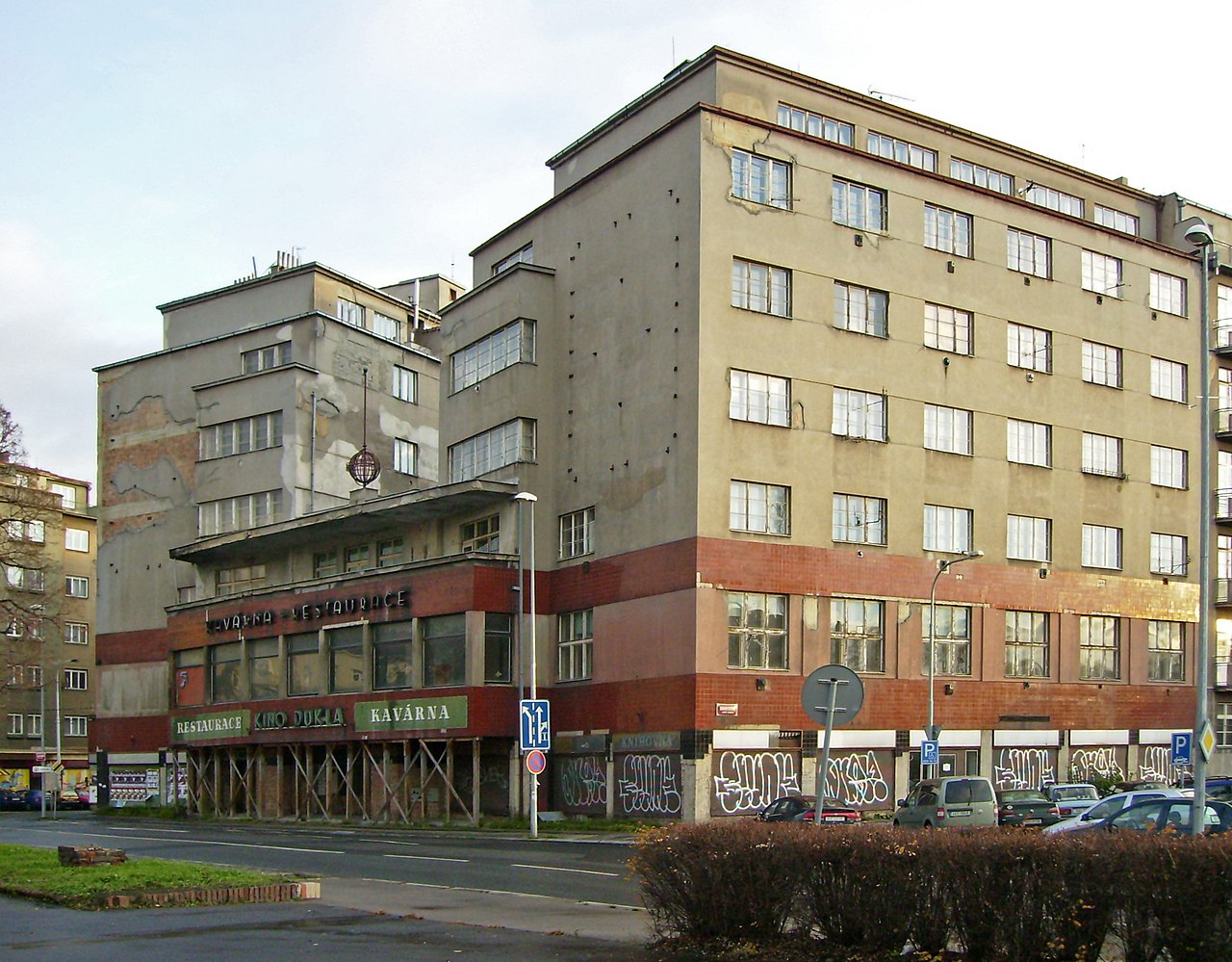
CZECH REPUBLIC
CZECH REPUBLIC
Prague: Automat Svět
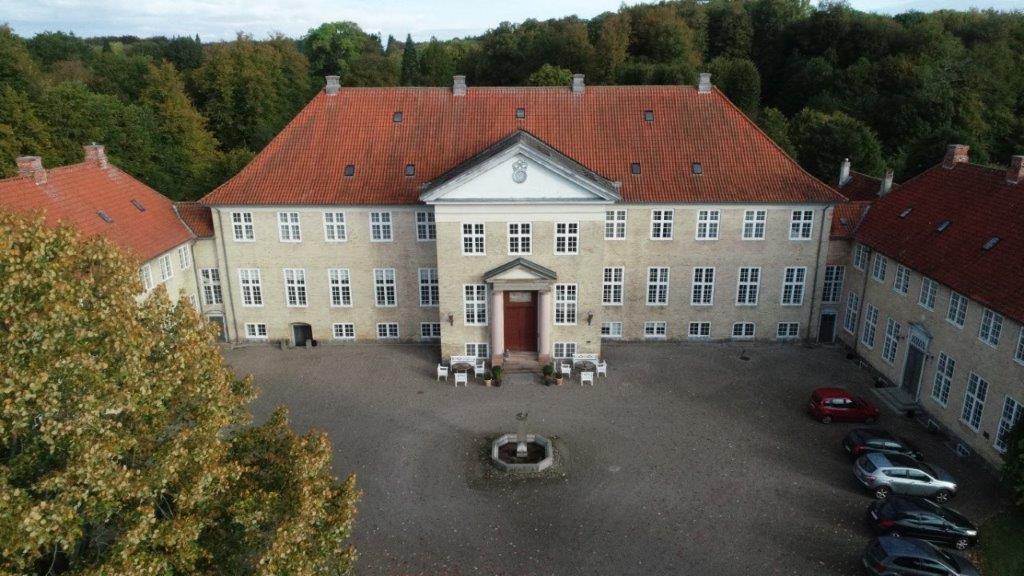
DENMARK
DENMARK
Ringsted: Skjoldenæsholm Castle
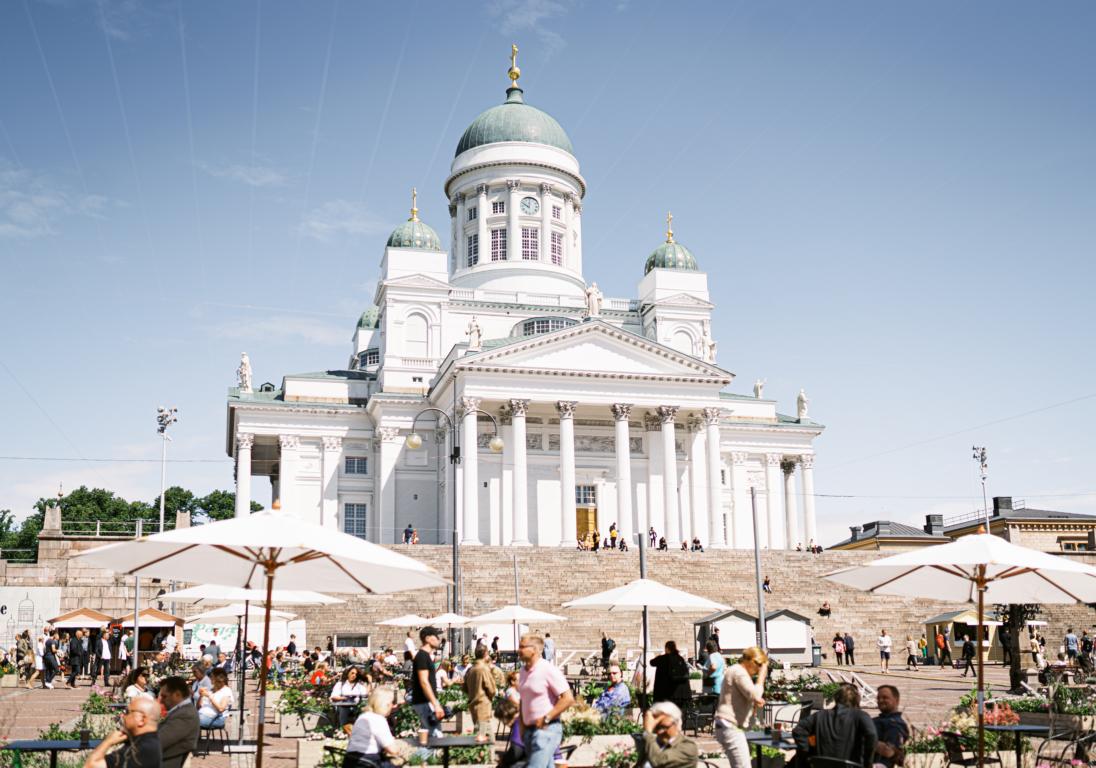
FINLAND
FINLAND
Helsinki: Senate Square
Tampere: Kino-Palatsi
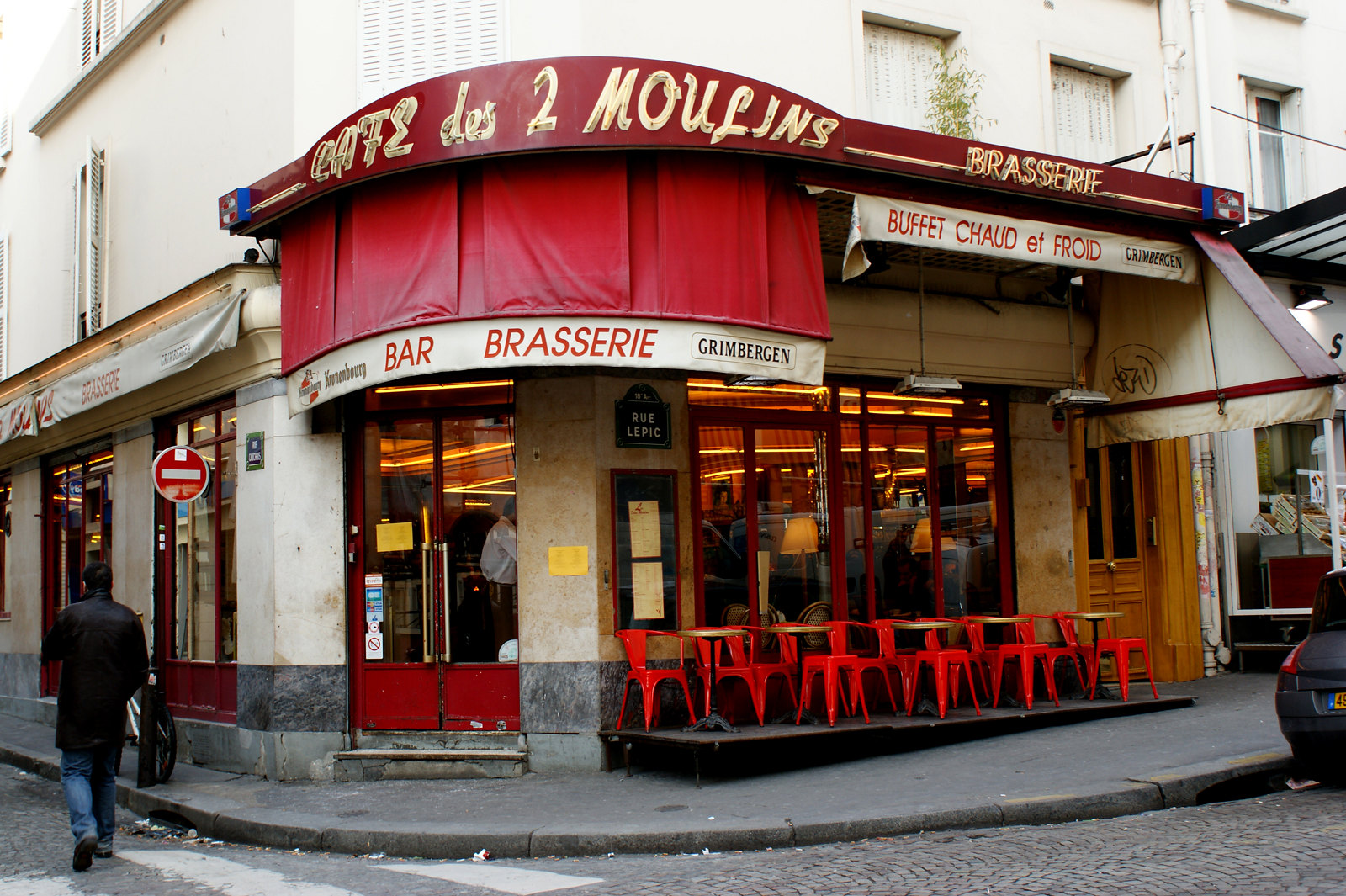
FRANCE
FRANCE
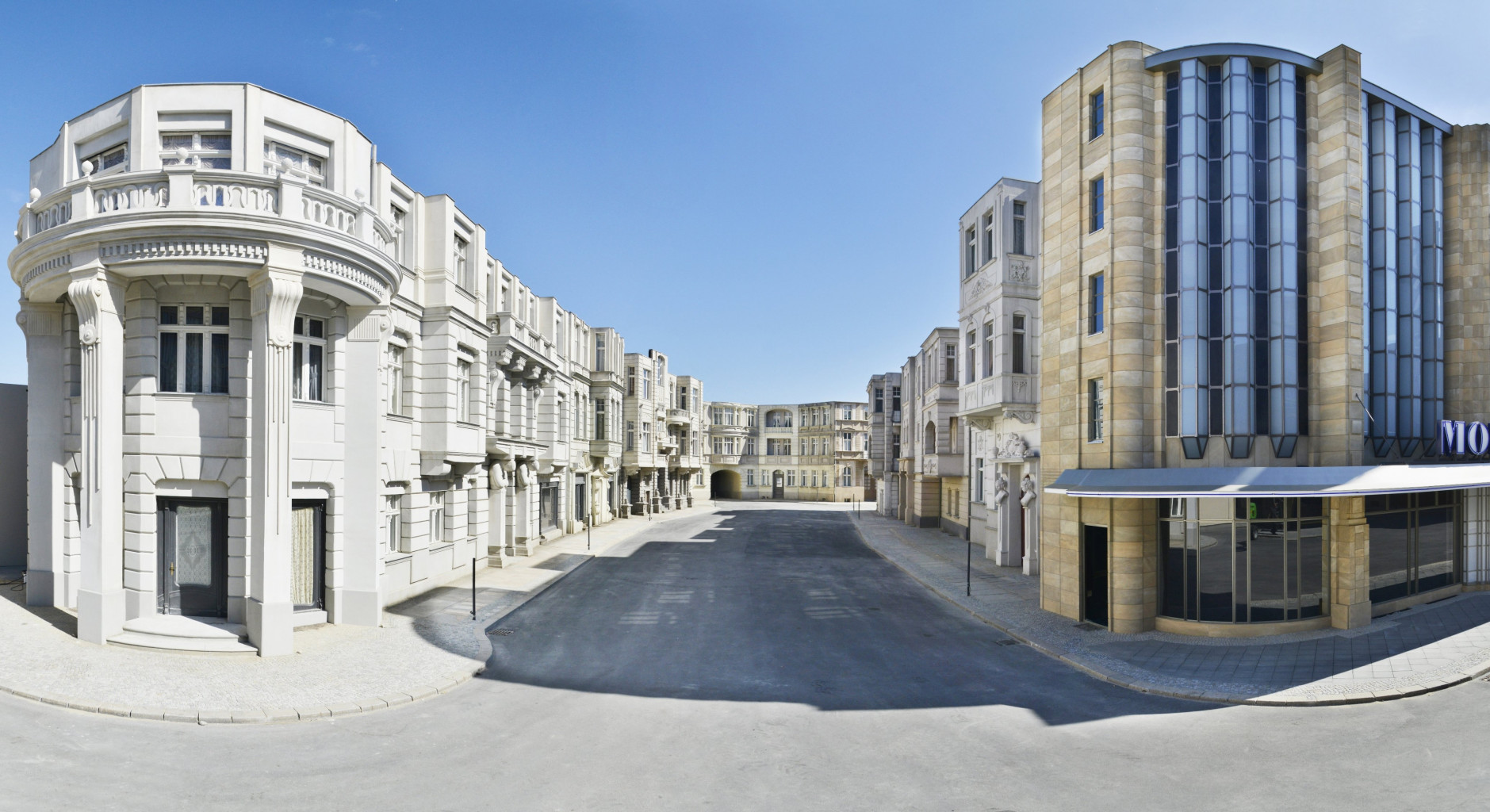
GERMANY
GERMANY
Oberwesel: Günderodehaus
Potsdam: Studio Babelsberg
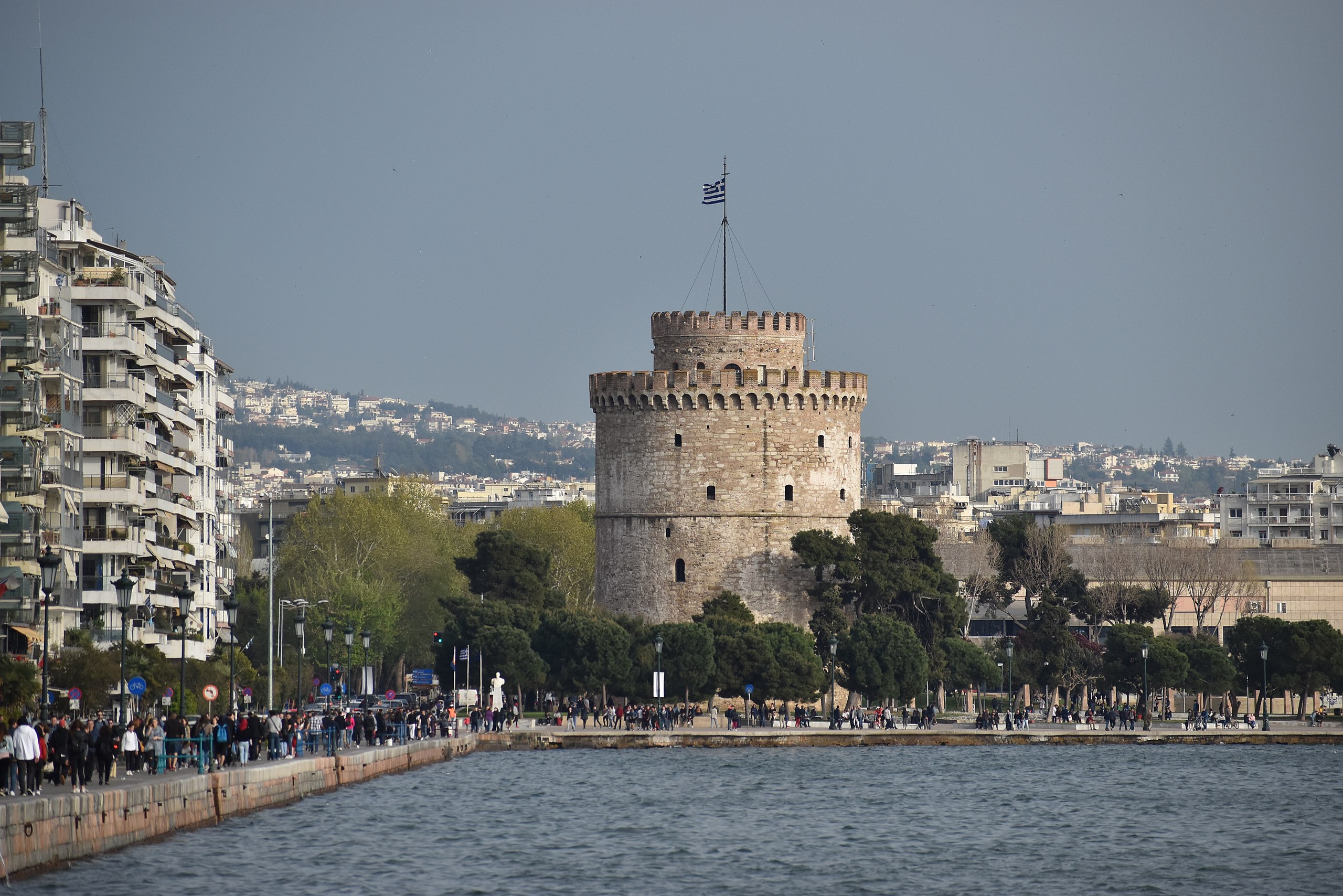
GREECE
GREECE
Thessaloniki: White Tower
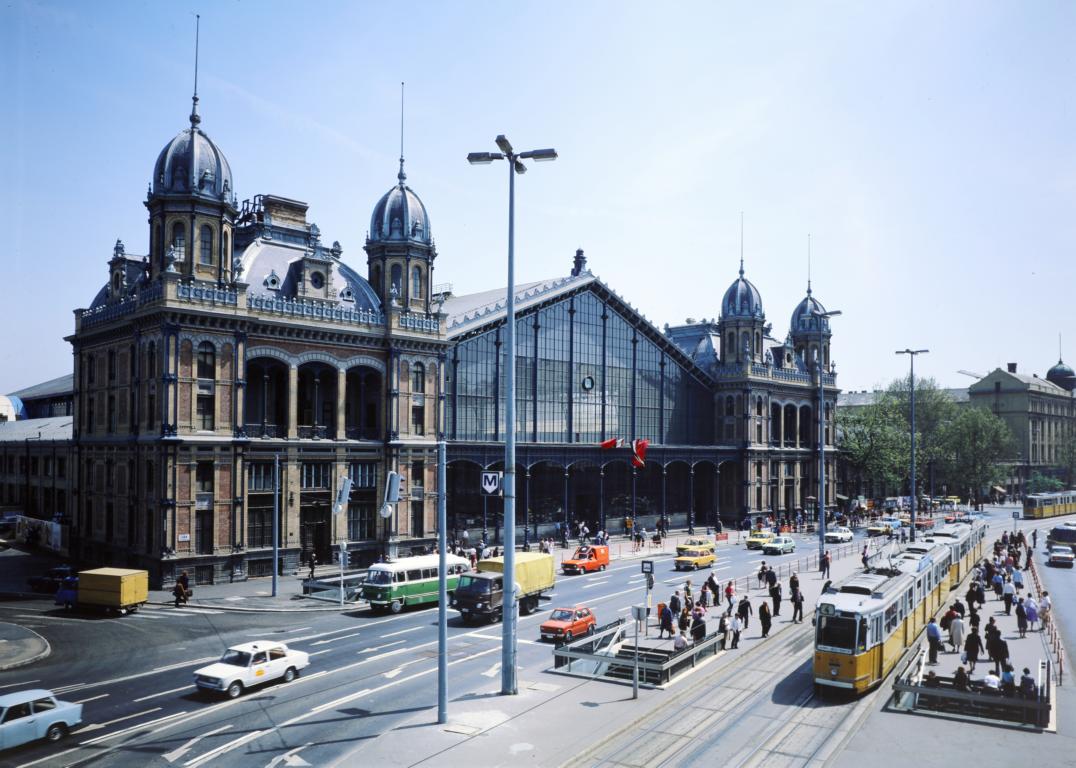
HUNGARY
HUNGARY
Budapest: Nyugati Station
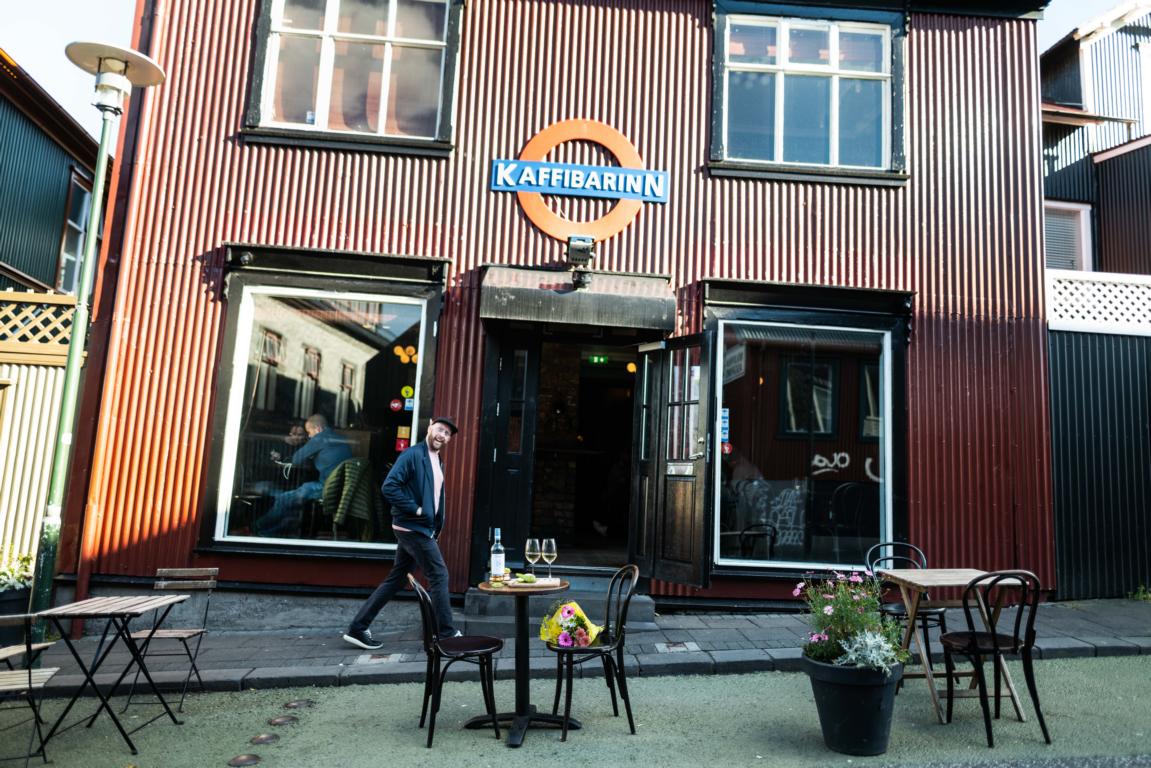
ICELAND
ICELAND
Reykjavik: Kaffibarinn
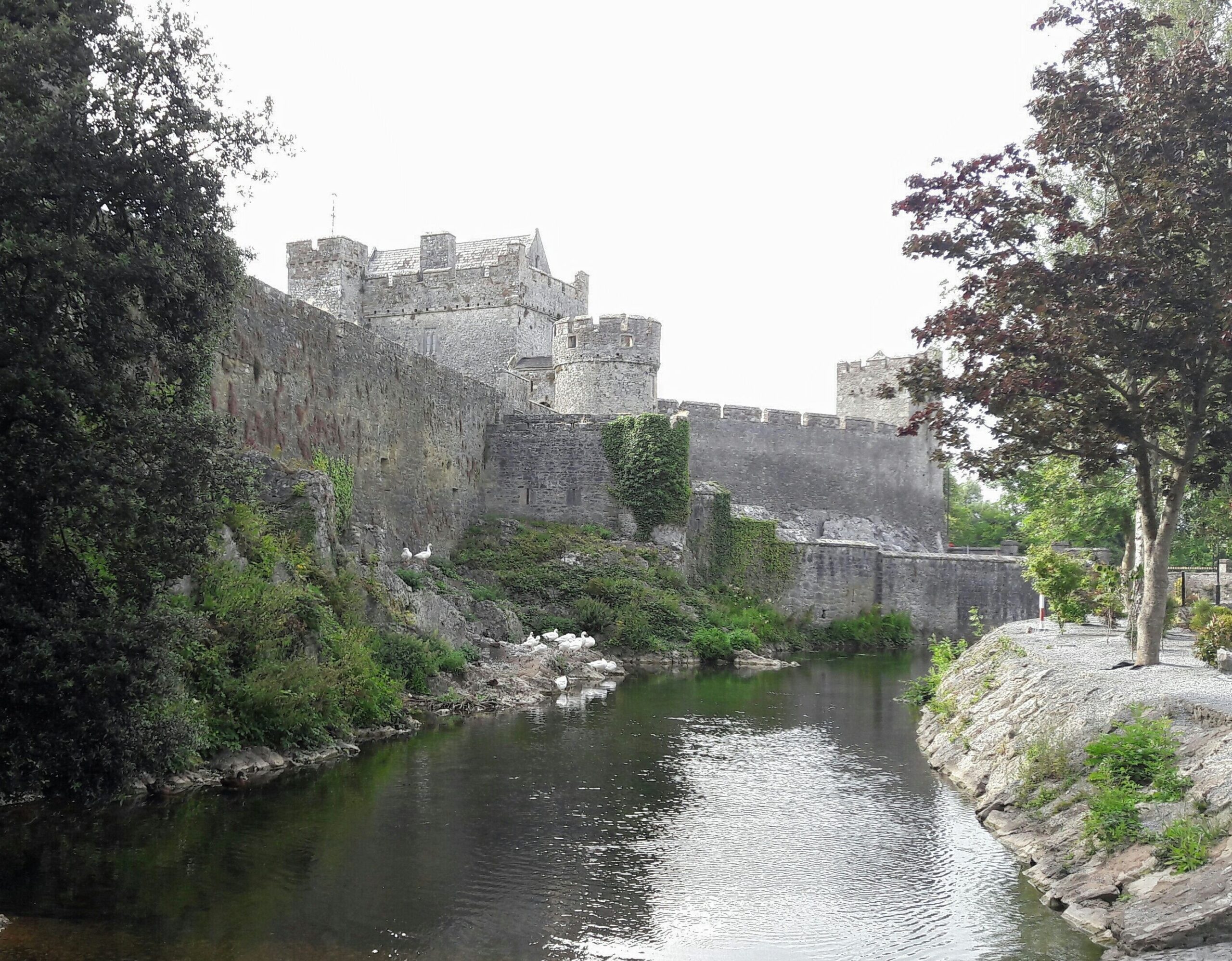
IRELAND
IRELAND
Cong: Quiet Man Museum
County Tipperary: Cahir Castle
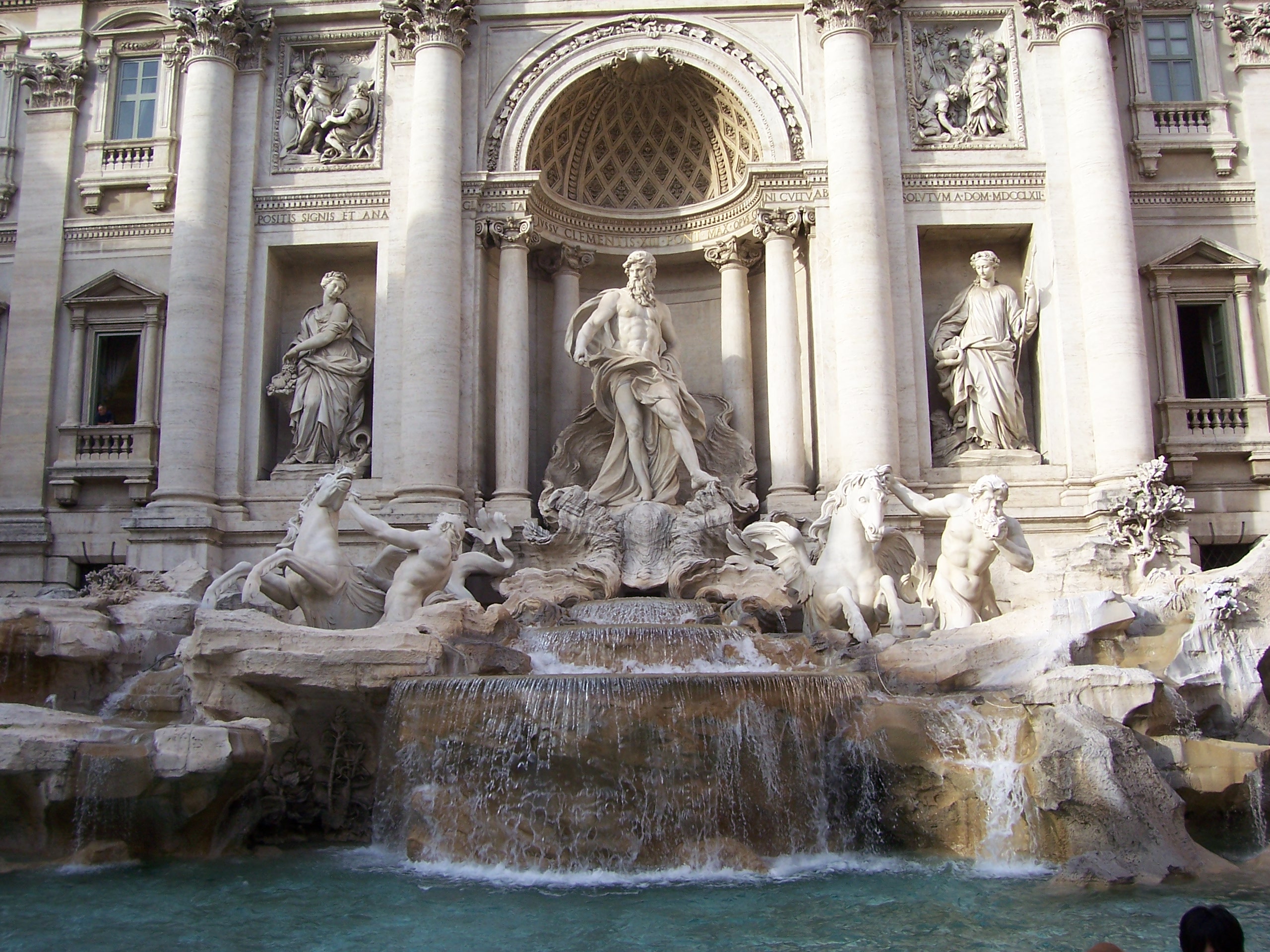
ITALY
ITALY
Pennabilli: The World of Tonino Guerra
Procida: Port of Corricella
Rome: Trevi Fountain
Stromboli: Casa Rossa
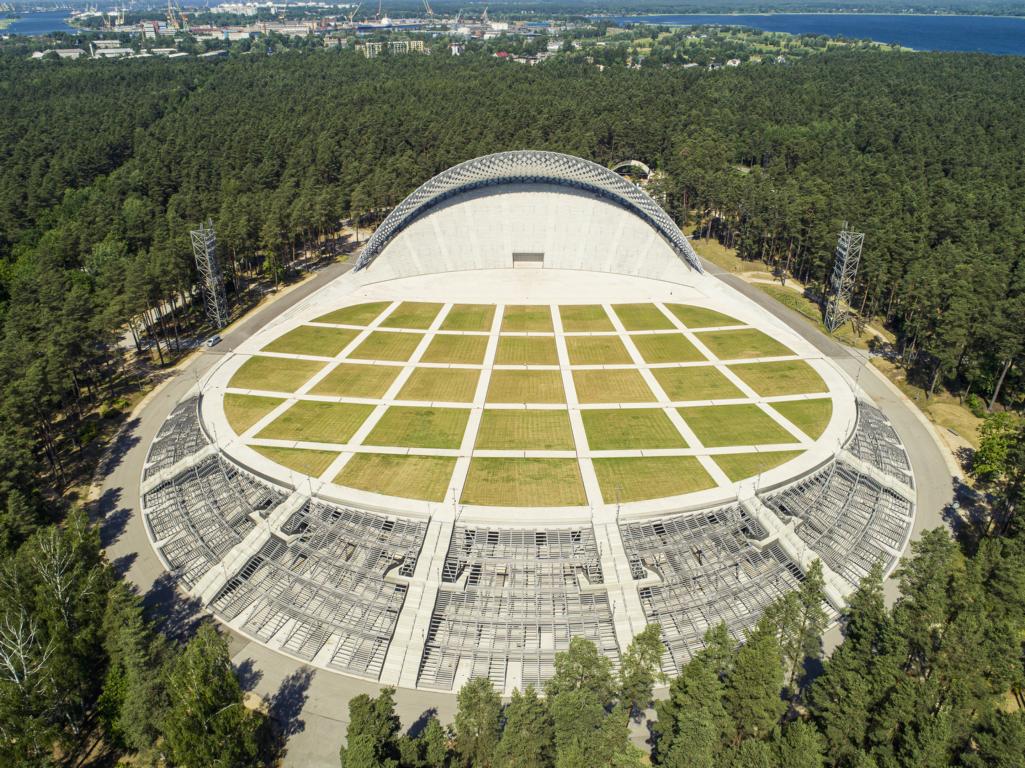
LATVIA
LATVIA
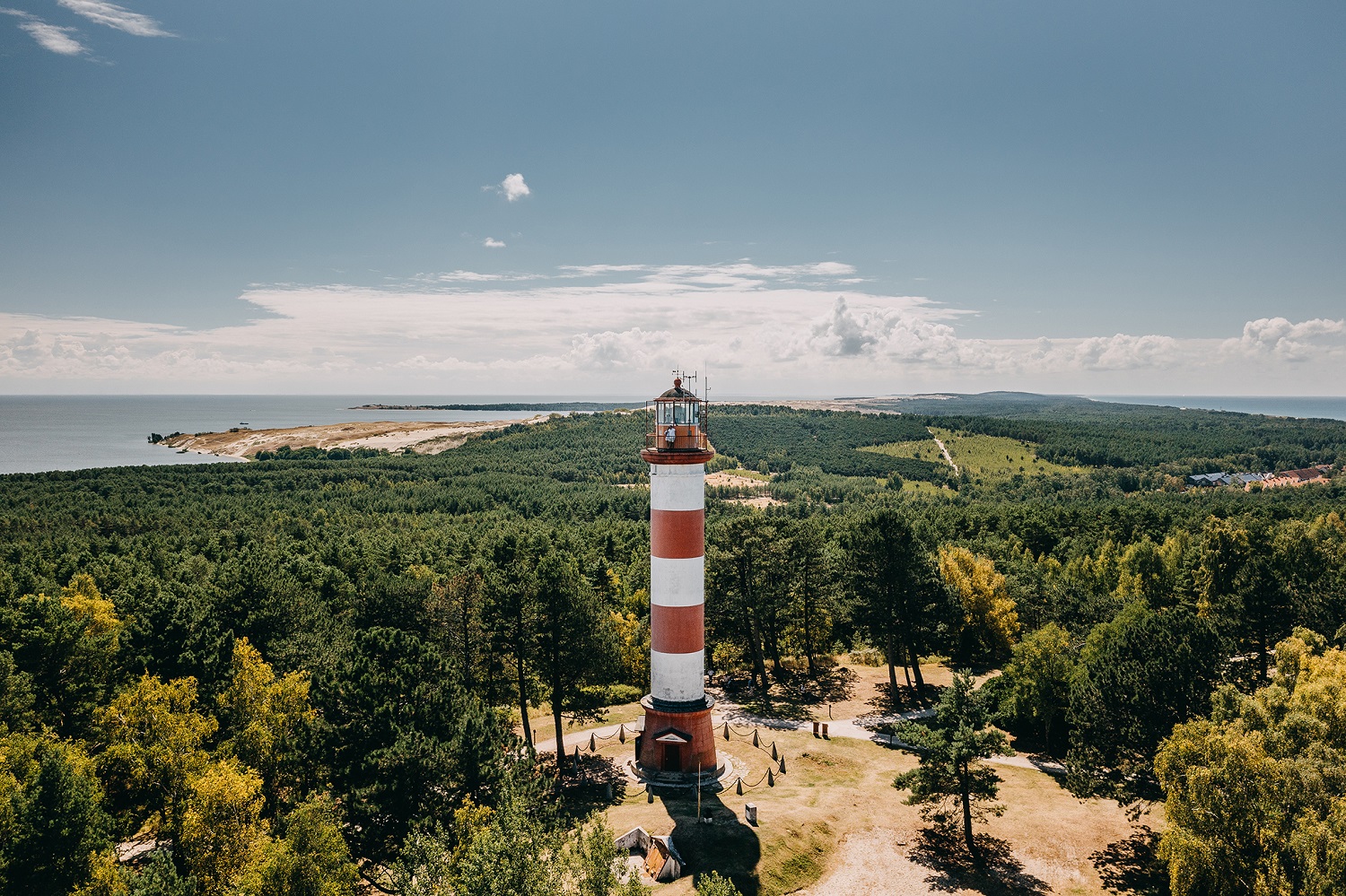
LITHUANIA
LITHUANIA
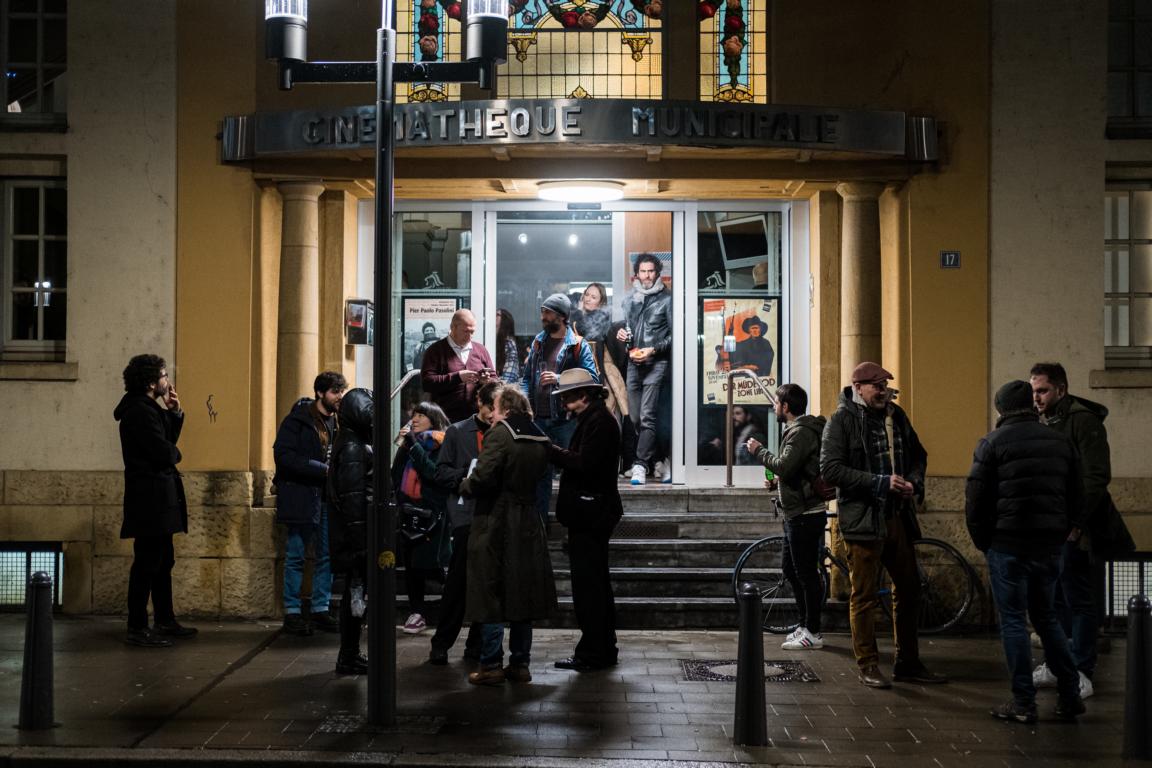
LUXEMBOURG
LUXEMBOURG
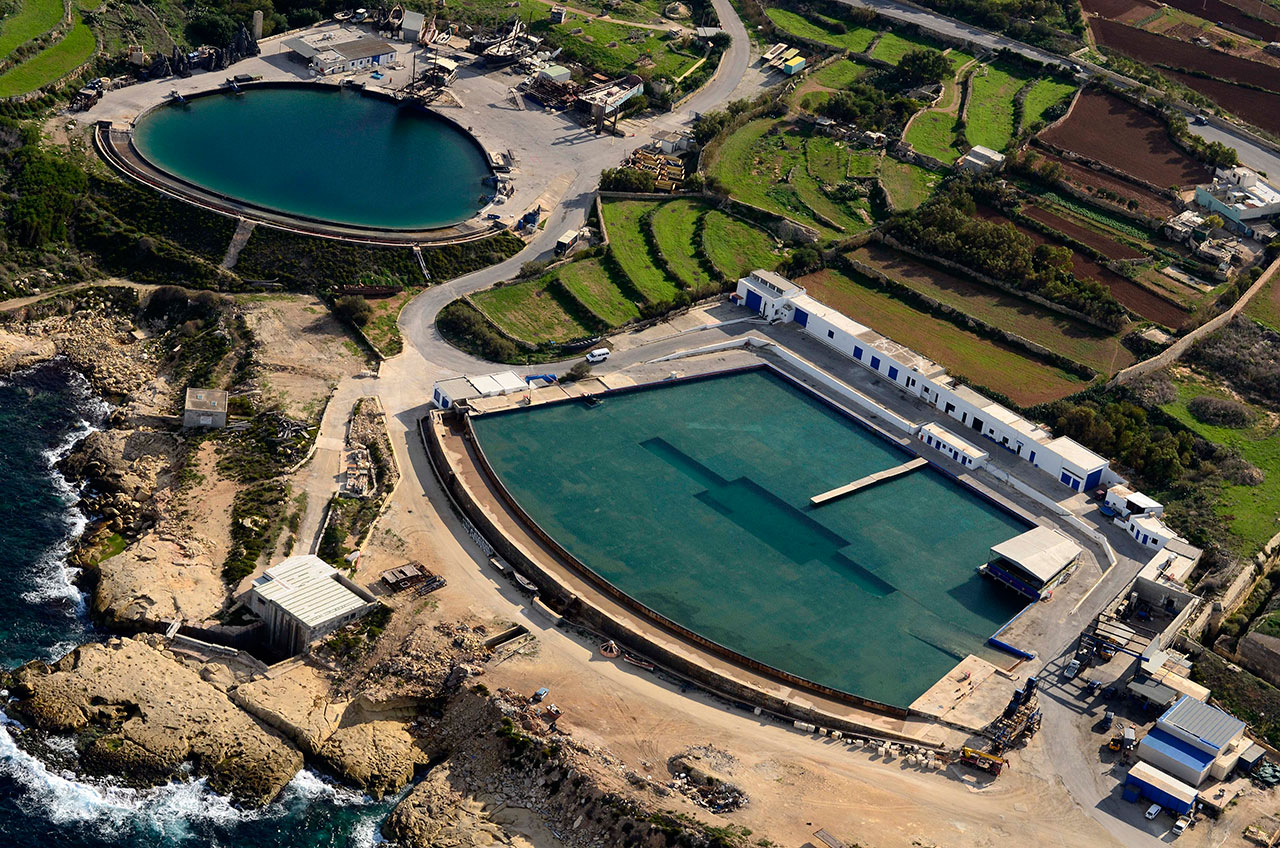
MALTA
MALTA
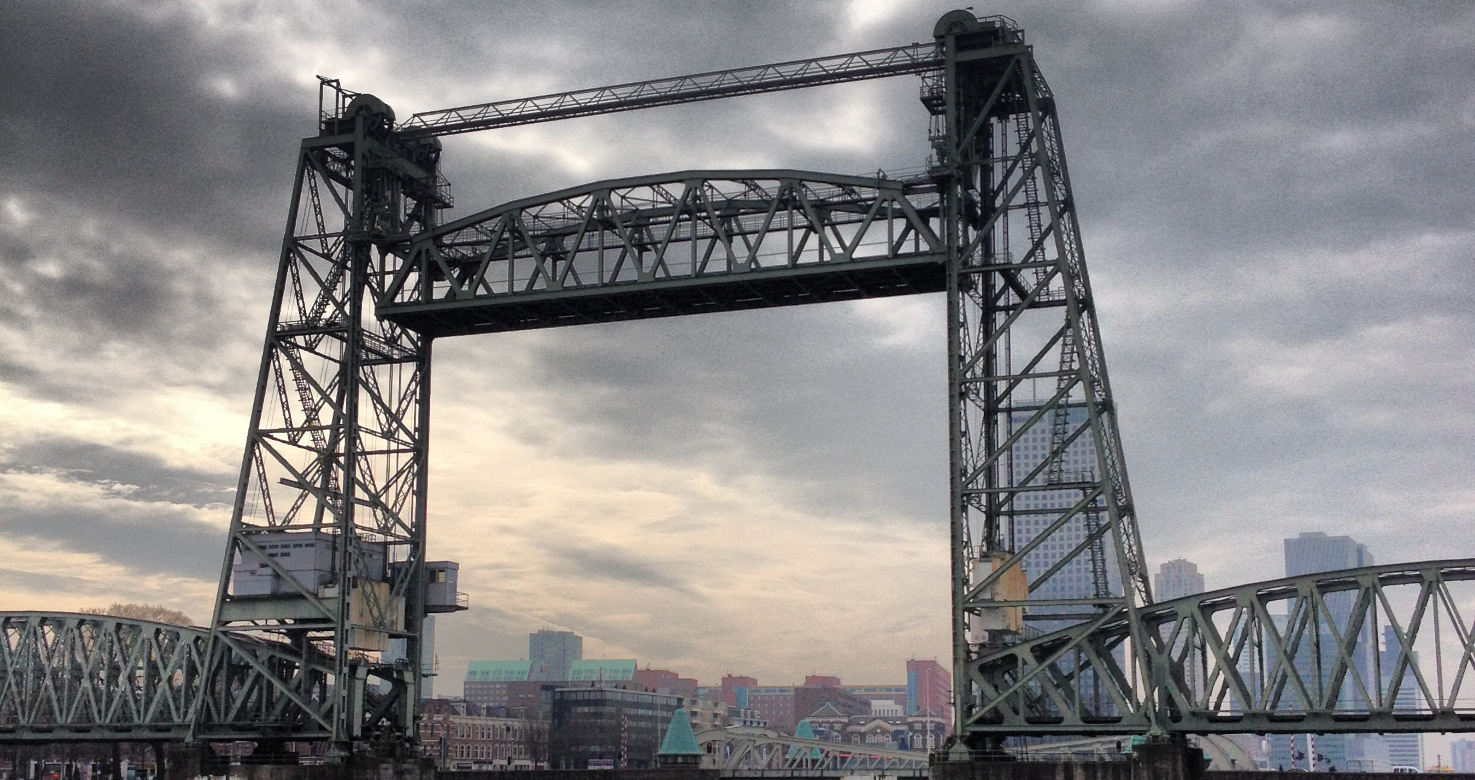
NETHERLANDS
NETHERLANDS
Amsterdam: Royal Theatre Tuschinski
Rotterdam: Koningshaven Bridge
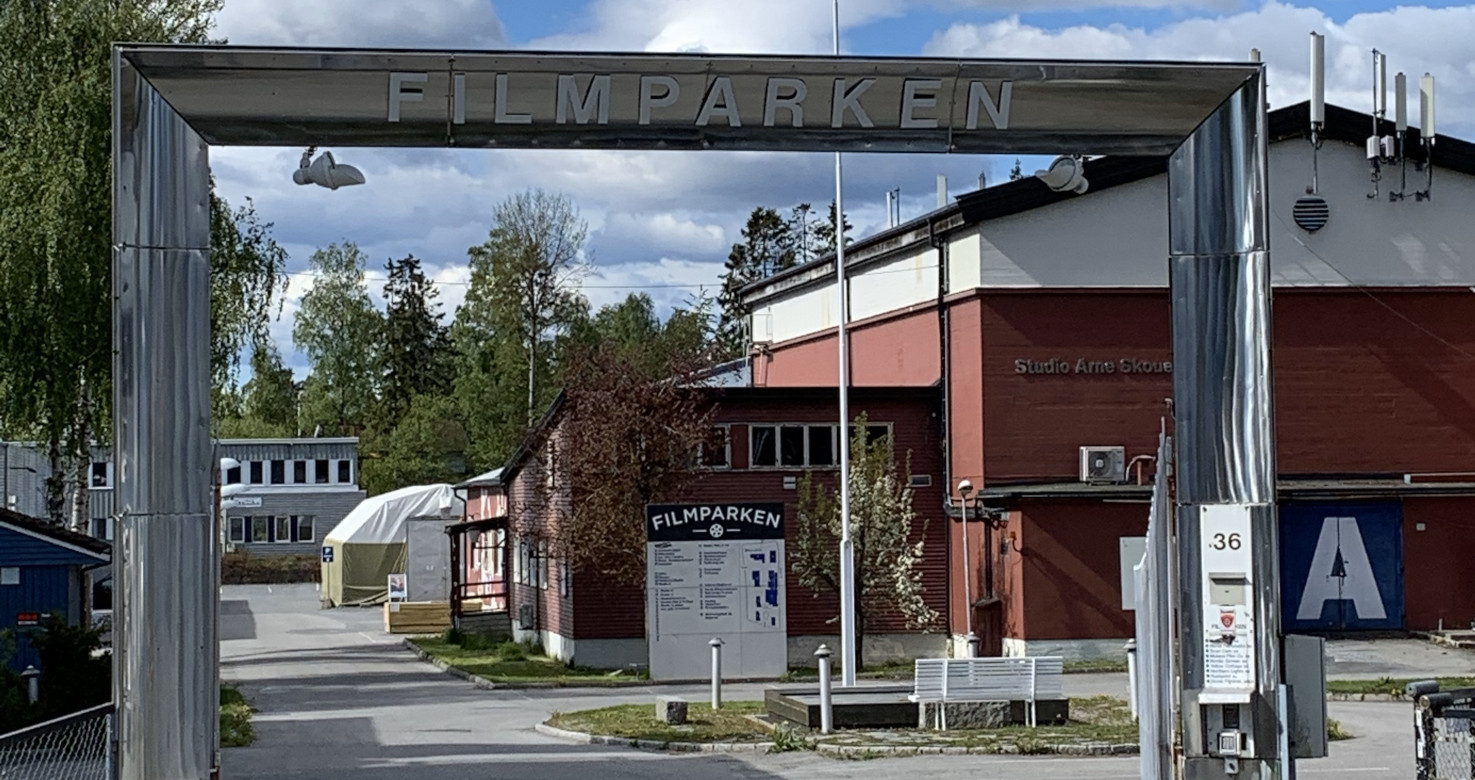
NORWAY
NORWAY
Jar: Filmparken
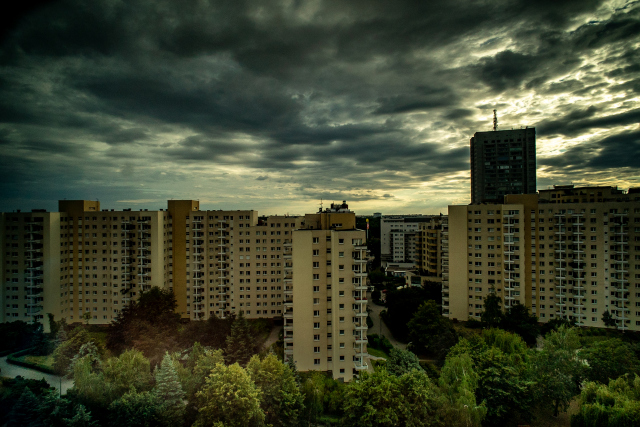
POLAND
POLAND
Łódź: Księży Młyn
Warsaw: Inflancka Housing Complex
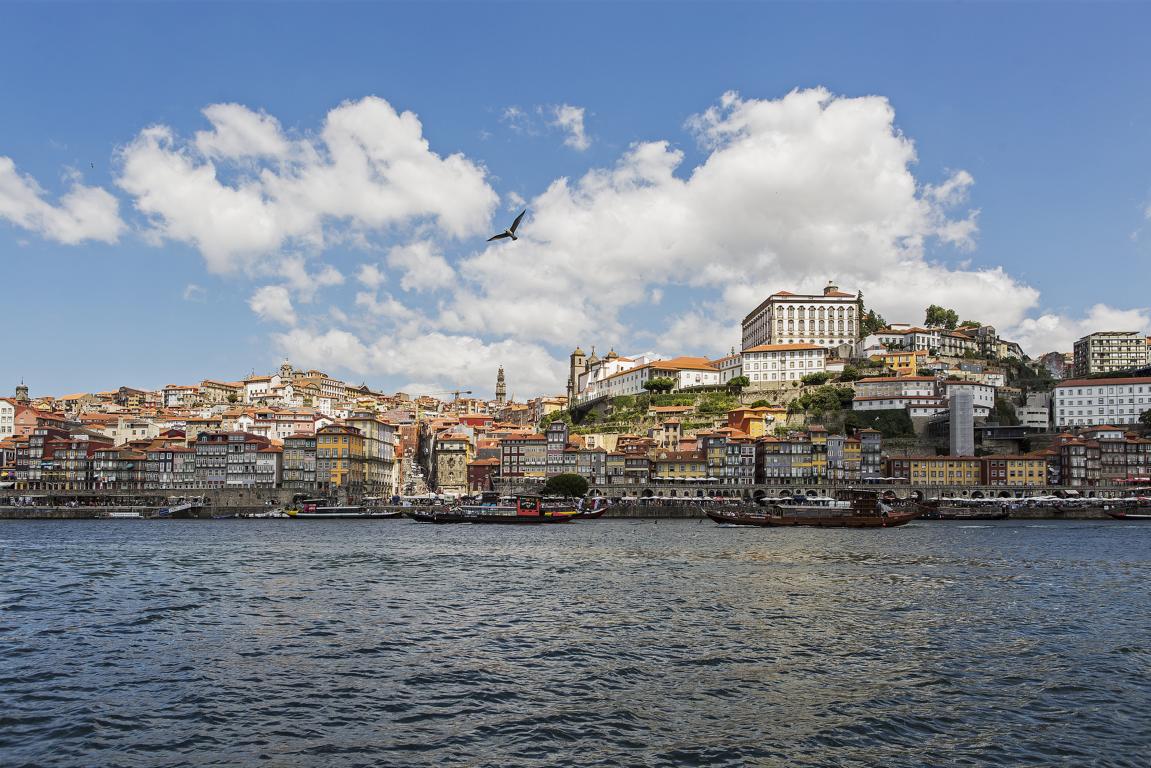
PORTUGAL
PORTUGAL
Lisbon: Teatro Tivoli
Porto: Ribeira do Porto
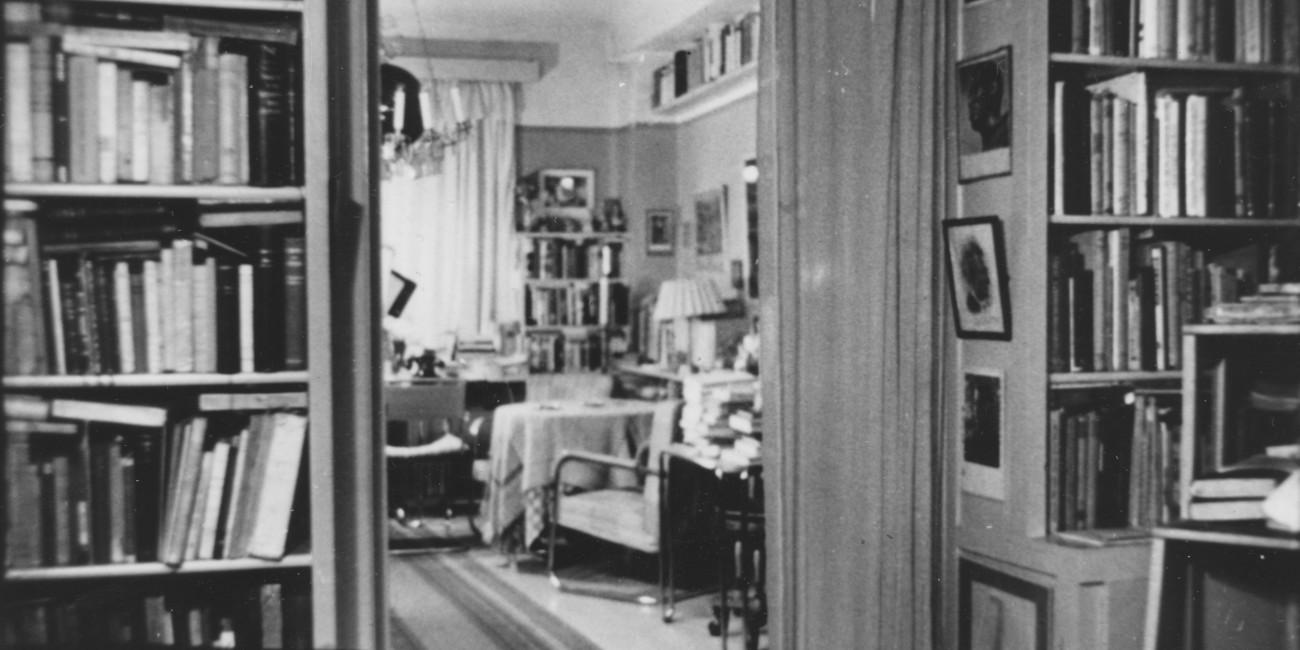
RUSSIA
RUSSIA
Moscow: Eisenstein Centre
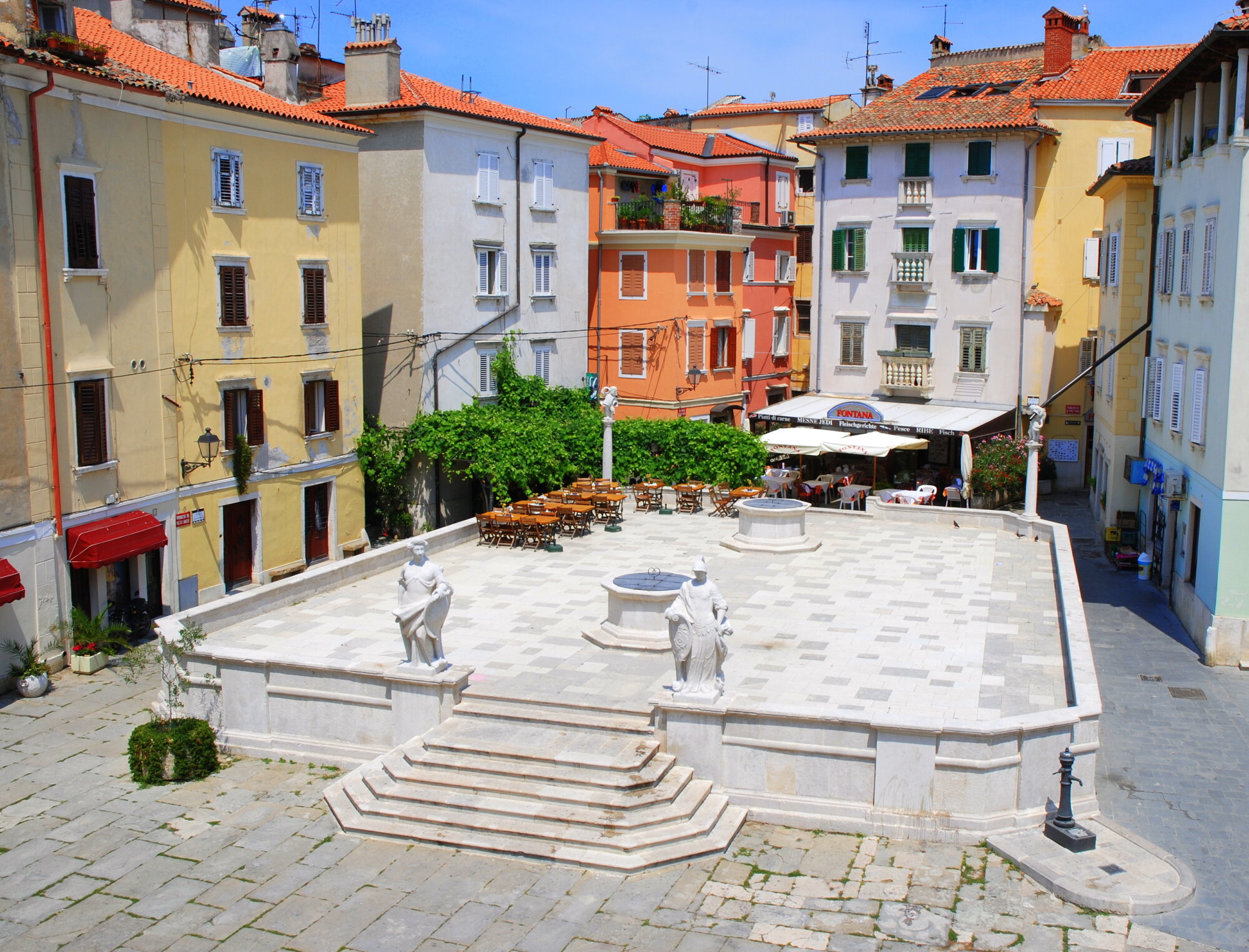
SLOVENIA
SLOVENIA
Piran: 1st of May Square
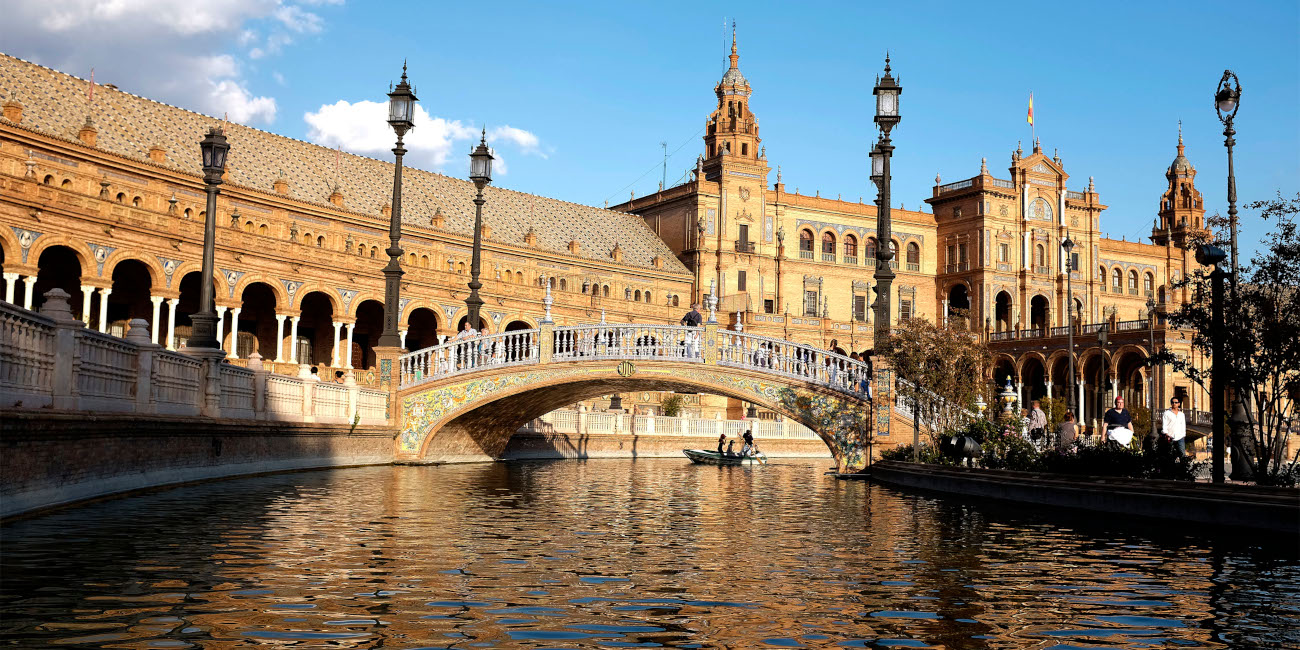
SPAIN
SPAIN
Alméria: Tabernas Desert
Calanda: Centro Buñuel
Cardona: Collegiate Church of Sant Vicenc
Madrid: Circulo de Bellas Artes
Seville: Plaza de España
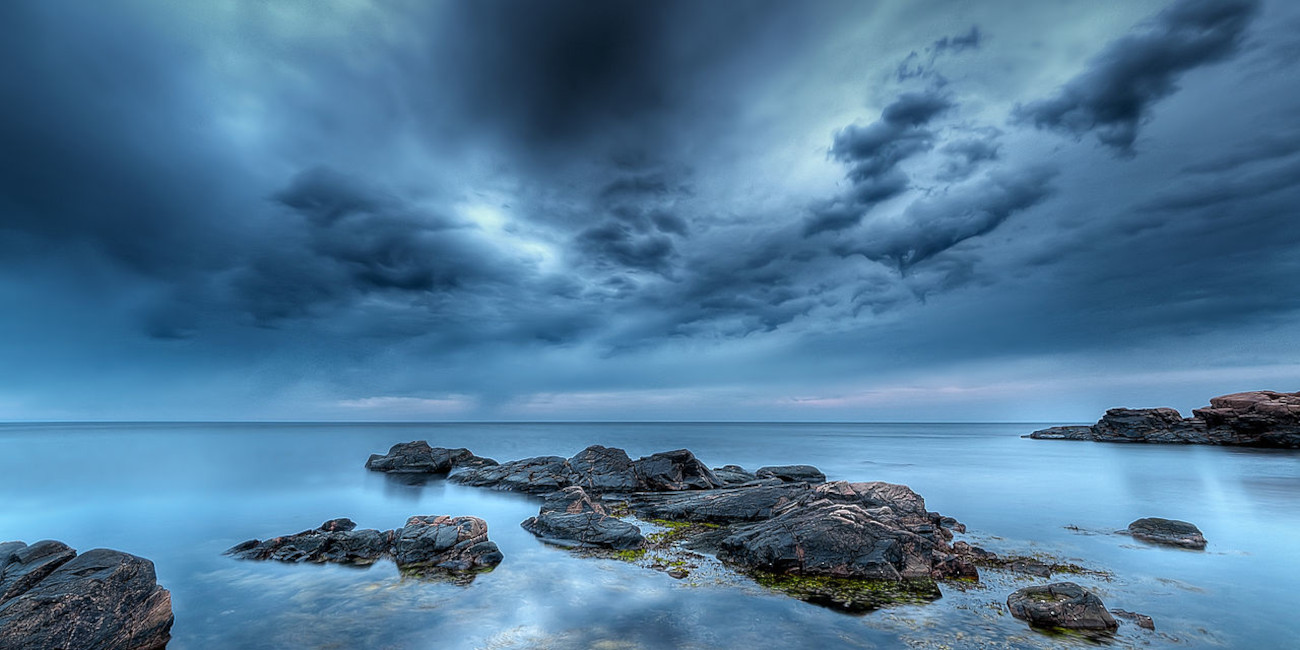
SWEDEN
SWEDEN
Bjäre Peninsula: Hovs Hallar
Fårö: Bergmancenter
Halland: Tjolöholm Castle
Råsunda: Gamla Filmstaden
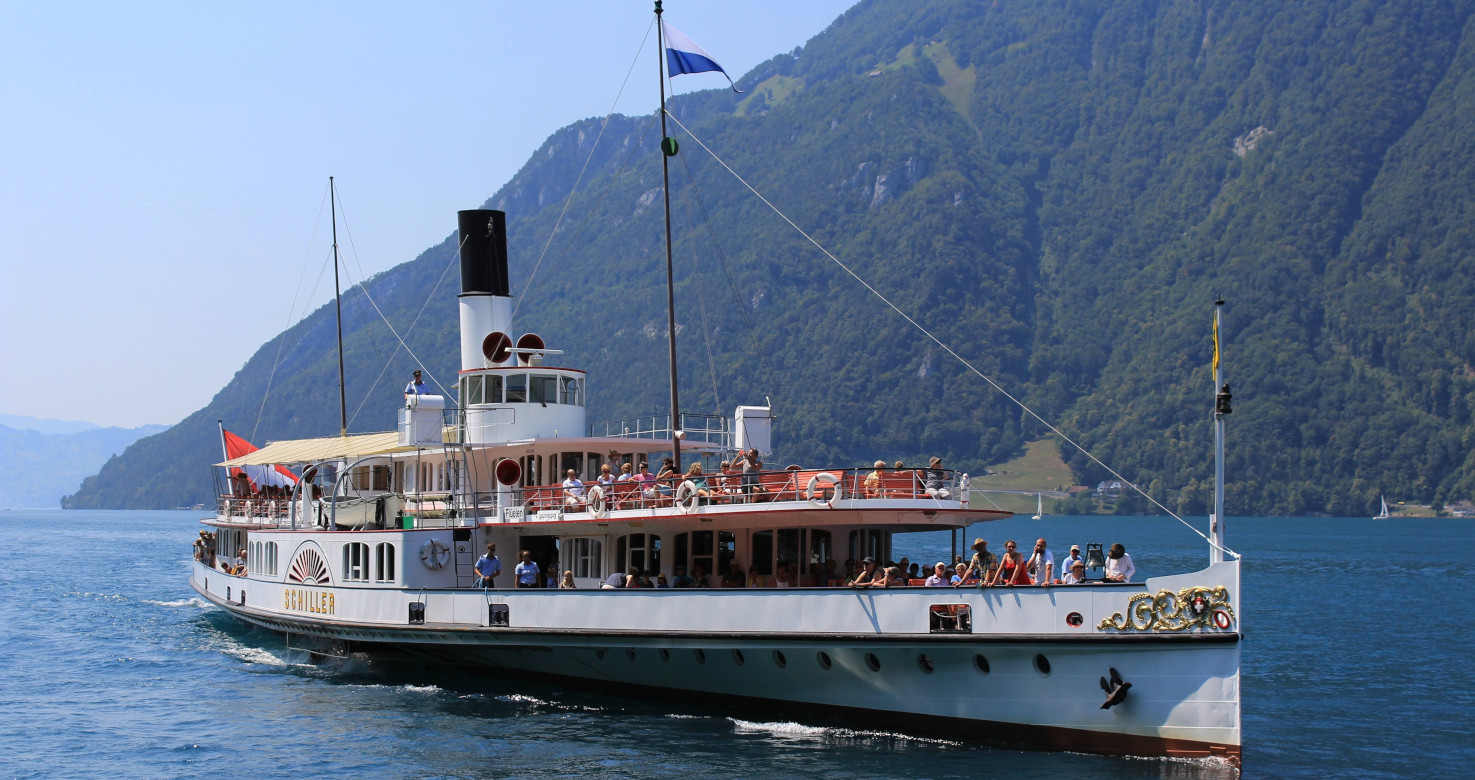
SWITZERLAND
SWITZERLAND
Davos: Berghotel Schatzalp
Lucerne: Steamboat “Schiller”
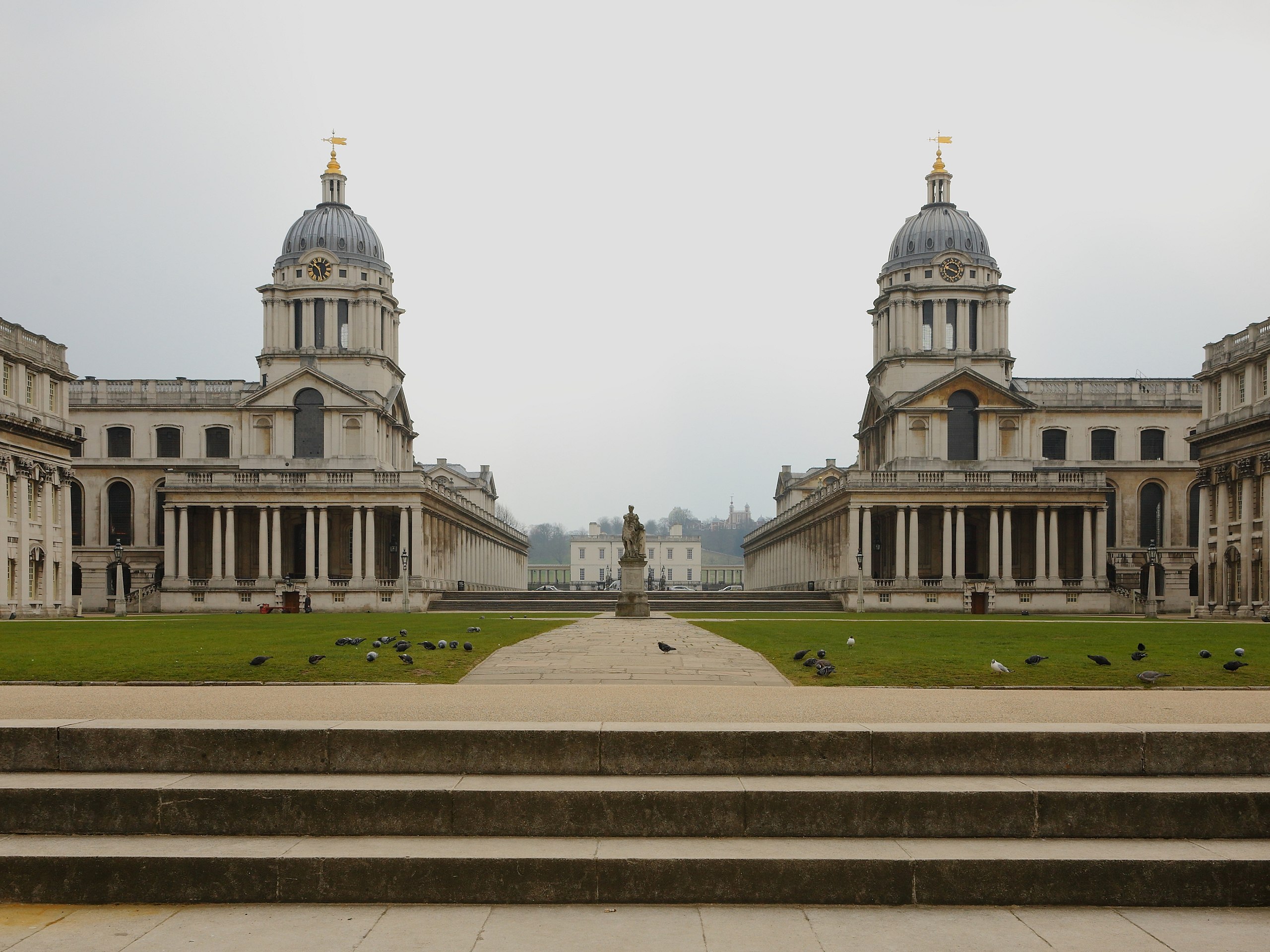
UK
UK
Dungeness: Prospect Cottage
Greenwich: Old Royal Naval College
Lochailort: Lochailort Chapel
London: – Freemasons’ Hall
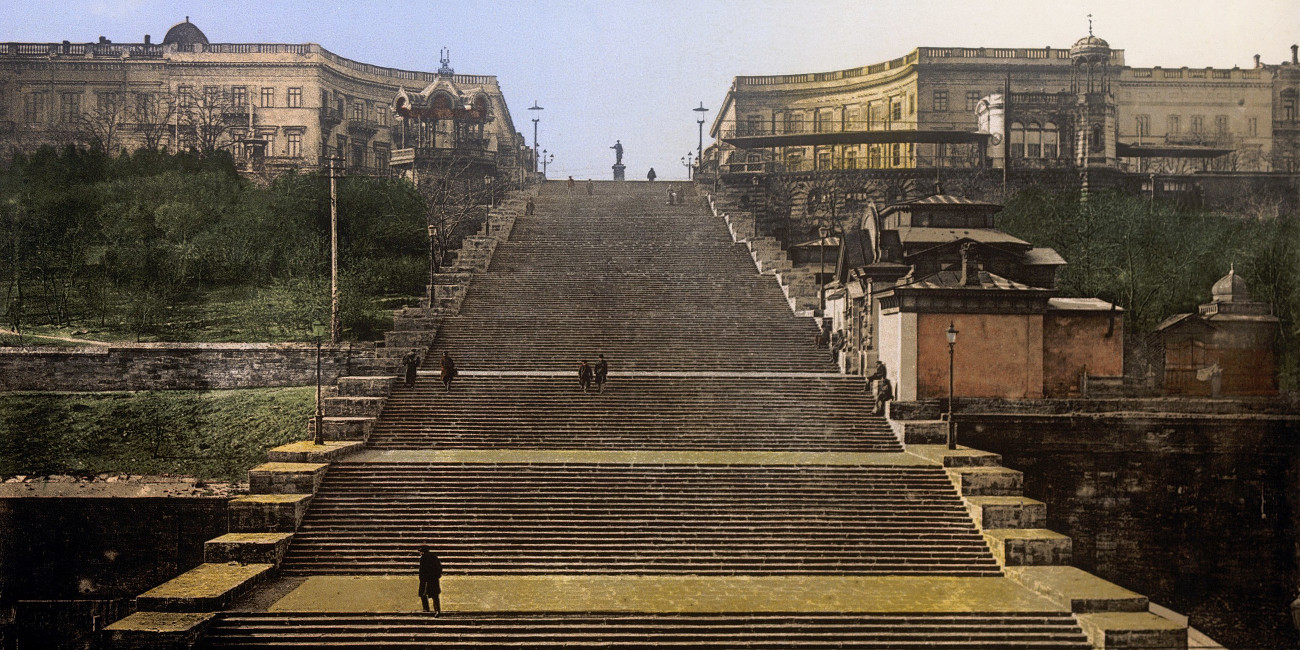
UKRAINE
UKRAINE
Odessa: Potemkin Stairs
